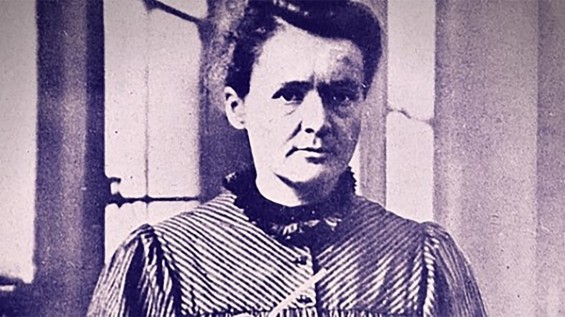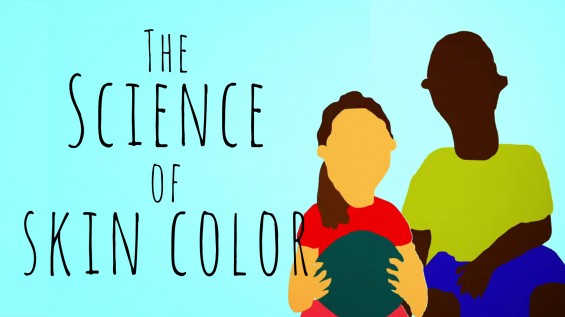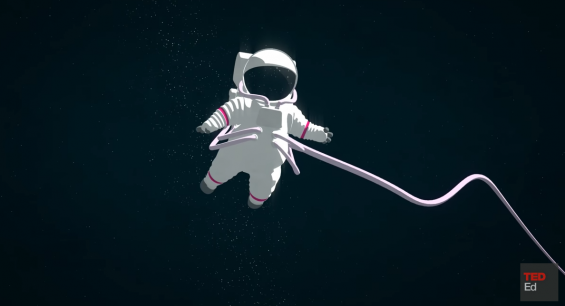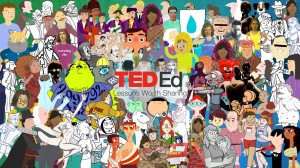
9 TED-Ed Lessons about cool (and creepy) bugs
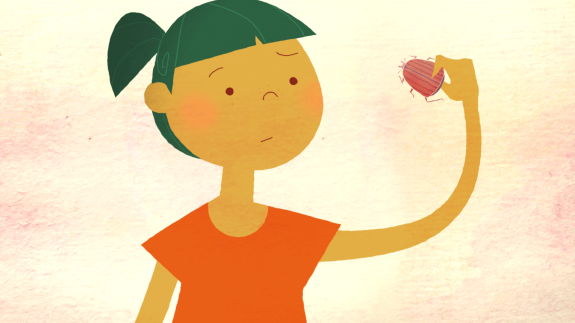
Bugs are amazing creatures — they inhabit the worlds below our feet, above our heads and everywhere in between. And while they tend to be small in size, they are anything but small in numbers: insects outnumber humans by the billions. Once you’ve taken a moment to shiver at that fact, remember that bugs can be a great source of scientific study, a key manufacturer of our favorite foods (including chocolate, coffee and honey) and, in many places, the perfect afternoon snack (more on that later). In this roundup, we’ll take a look TED-Ed’s best bug lessons, from the icky to the inspiring to the totally insane.
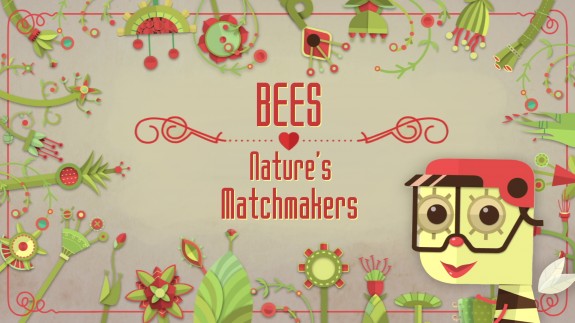
Plants have a hard time finding mates — their inability to get up and move around tends to inhibit them. Luckily for plants, bees and other pollinator species (including butterflies, moths and birds) help matchmake these lonely plants in exchange for food. Fernanda S. Valdovinos explains how these intricate pollination networks work and how it can all change from one season to the next.
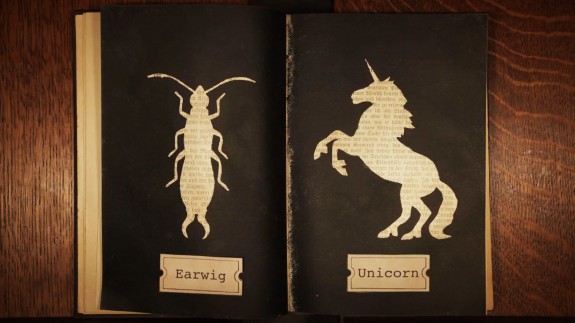
An earwig is neither an ear nor a wig; it is an insect. Jessica Oreck and Rachael Teel explain how folklore gave this bug its name, combining entomology with etymology.
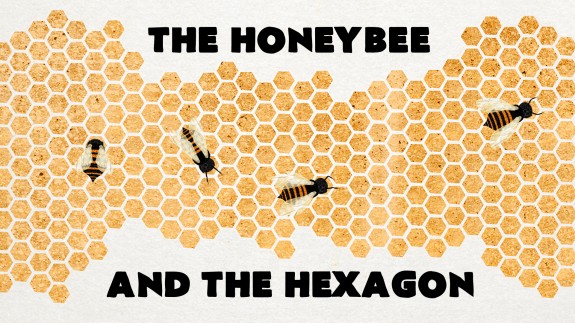
Honeybees are some of nature’s finest mathematicians. Not only can they calculate angles and comprehend the roundness of the earth, these smart insects build and live in one of the most mathematically efficient architectural designs around: the beehive. Zack Patterson and Andy Peterson delve into the very smart geometry behind the honeybee’s home.
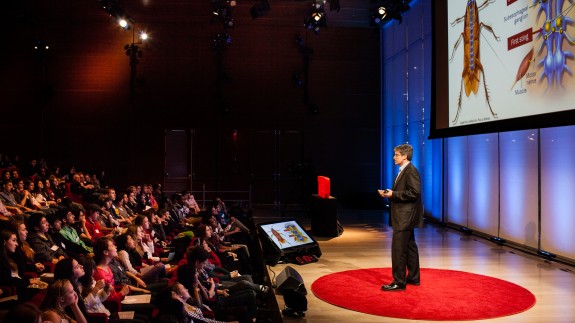
This is stranger than science fiction. The jewel wasp and the cockroach have a disgusting and fascinating parasitic relationship. The jewel wasp stuns the cockroach, and months later, a jewel wasp hatches out of the cockroach. At TEDYouth 2012, Carl Zimmer walks us through how this happens and why it personally fascinates him.
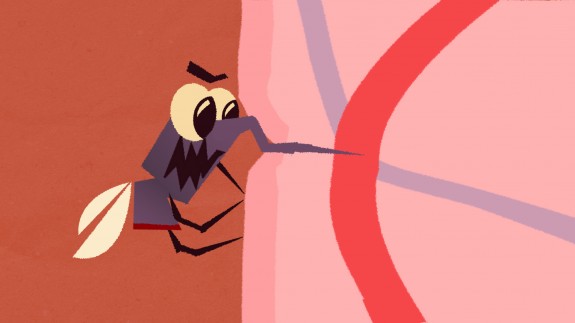
Everyone hates mosquitos. Besides the annoying buzzing and biting, mosquito-borne diseases like malaria kill over a million people each year (plus horses, dogs and cats). And over the past 100 million years, they’ve gotten good at their job — sucking up to three times their weight in blood, totally undetected. So shouldn’t we just get rid of them? Rose Eveleth shares why scientists aren’t sure.
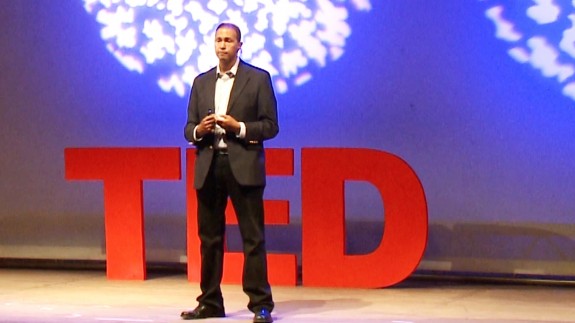
Both honeybees and humans originated in East Africa, and the connection between us has survived the ages. Some of your favorite delicacies — coffee, chocolate, mangoes — have the honeybee to thank for their hard work of pollination. Dino Martins encourages us to remember how much we owe to these magnificent insects.
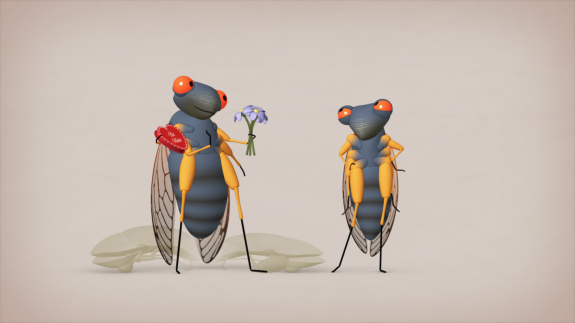
Every 13 or 17 years, billions of cicadas emerge from the ground to molt, mate and die. Adult cicadas only live a few weeks above ground, but you’d be hard pressed to ignore them — they are extremely loud! Rose Eveleth explains everything you need to know about these noisy insects, admitting that there’s still some things we just don’t understand.
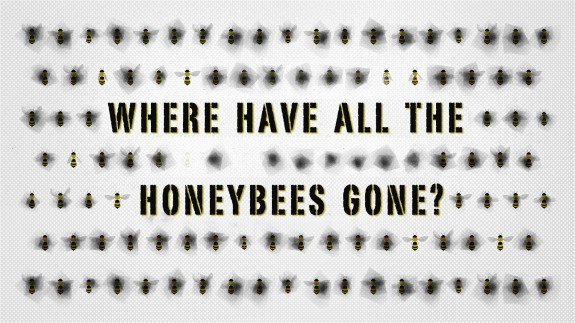
In the past decade, the US honeybee population has been decreasing at an alarming and unprecedented rate. While this is obviously bad news for honeypots everywhere, bees also help feed us in a bigger way — by pollinating our nation’s crops. Emma Bryce investigates potential causes for this widespread colony collapse disorder.
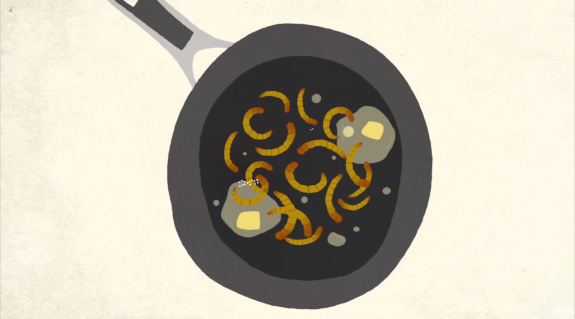
What’s tasty, abundant and high in protein? Bugs! Although less common outside the tropics, entomophagy, the practice of eating bugs, was once extremely widespread throughout cultures. You may feel icky about munching on insects, but they feed about 2 billion people each day (Mmm, fried tarantulas). They also hold promise for food security and the environment. Emma Bryce makes a compelling case for dining on bugs.
Have an idea for a bug lesson? Nominate yourself and your idea here. >>
